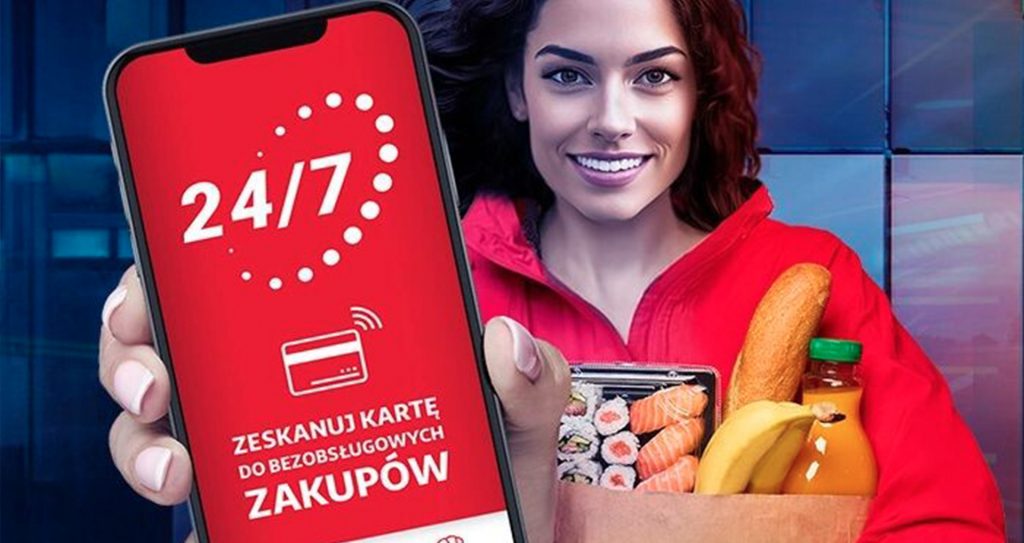Autonomous stores essentials: the technology and value
It’s no secret that consumer shopping habits and expectations are changing. Covid-19 shook up the way people pay due to health and safety concerns, initiating the swift move for many brick-and-mortar retailers to implement touchless payment options. Retail tech has also transformed the way consumers think about their shopping experience by creating seamless, interactive, and integrated experiences. Some of these technologies are also providing retailers with powerful tools to elevate their business by improving store operations, boosting revenue streams, optimizing marketing, and many more.
Autonomous stores serve as the convergence point between the major inroads made in retail technology. They enable retailers to manage and optimize all of their store operations while providing their customers with a superior shopping experience – frictionless checkout.
Joining this transformation means embracing bleeding edge technologies and facilitating emerging shopping behavior. So, whether you are a business executive, an emerging tech enthusiast, or simply want to explore opportunities in retail tech, we want to provide some context and lay out the basics of autonomous stores.
What are autonomous stores?
The most basic definition of an autonomous store is a store fitted with technology that enables frictionless checkout for shoppers – they simply enter the store, grab the items they want and leave. What makes this frictionless is that there is no need to checkout with a cashier, scan items, or use a special cart to track and pay for your items – it really is as simple as walking in and out of a store. The definition of ‘store’ varies here as there are several different sizes and formats in which the technology is being implemented. This can range anywhere from a 300 sq. ft. store or container, to the ‘express’ format like REWE’s store in Cologne and Tesco’s store in London, through full-sized supermarkets like the Netto Marken-Discount in Munich, and the upcoming Aldi Nord store in Utrecht measuring 4,090 sq. ft.
Today, frictionless checkout is just the tip of the iceberg of the full capabilities that autonomous stores offer, and the definition is increasingly being used to describe an end-to-end solution for retailers that includes store operations management, predictive inventory management, pricing optimization, security and fraud prevention, planogram compliance, and event-driven marketing.
The technological infrastructure
The technology powering autonomous stores is anything but simple. But, in short, autonomous stores use a mix of hardware and software in order to capture all the activities occurring at any time in the store, such as inventory levels, anonymized shoppers’ patterns (routes, product choice, basket size, length of shopping trip, etc.), planogram compliance, and more. The data is then analyzed using machine learning, advanced neural networks, and proprietary algorithms to create a whole world of seamless store operations, consumer insights, and frictionless shopping.
Trigo’s whitepaper, “Breaking the big store barrier in automated grocery” dives into how the technology works how we successfully track the activities in the store, how we achieve industry-leading accuracy, how we handle exceptional cases, and more.
The value drivers
In the second half of 2021, the total number of autonomous stores around the world nearly tripled. This impressive growth is due to the fact that more and more grocery retailers are seeing the immense value in autonomous stores.
This brings us to the million-dollar question – why should retailers implement autonomous stores?
The short answer is that the data collected by the cameras and smart shelves provide valuable insights for retailers, which can help them in the following ways:
- Superior customer experience – frictionless shopping helps solves the most common shopping pain point, allowing customers to skip the lines and save the time and frustration that comes with the traditional, cashier shopping experience. As the technology continues to develop, shoppers will be able to enjoy an omnichannel experience, in which they are fully connected to their on and offline shopping behavior, and receive personalized promotions and recommendations based on their nutritional preferences.
- Reduce losses due to out-of-stocks and shrink – out-of-stocks cost US grocery retailers $82B in 2021 alone and shrink accounts for 2-3% of revenue loss. Autonomous stores address and solve both of these issues, respectively – they reduce shrink by tracking everything that a user picks up in the store, preventing thefts, and by creating alerts for store managers to restock items on the shelves that are running low.
- Automate store operations – it is fairly obvious from the word “autonomous” that the technology enables retailers to automate various activities in their stores. Beyond frictionless checkout, automating store operations enables retailers to solve labor shortages, optimize their inventory and planogram, improve supply chain efficiency, reduce food waste, and increase sales and revenue.
Where are we headed with the future of retail?
As more and more retailers are implementing autonomous stores worldwide, the solution is rapidly becoming a must-have, rather than a nice-to-have. When looking at the evolution of grocery retail, it becomes clear that those who embraced innovation are the brands that we see and shop with today. Now, more than ever, are adaptability and forward-thinking crucial to staying relevant and succeeding in the long term.
This is why we, and many others in the industry, are saying that autonomous stores are the future of retail. It continues to establish itself as a future-proof solution that provides retailers with a robust digital infrastructure that can keep up with the ever-changing customer demands and evolving technologies that will make or break industry titans.
Glossary
Autonomous store – an end-to-end solution for retailers that includes frictionless checkout, store operations management, predictive inventory management, pricing optimization, security and fraud prevention, planogram compliance, and event-driven marketing.
Frictionless, seamless checkout – in most cases, these are interchangeable terms referring to the shopping experience in which customers walk into a store, take items, and leave.
Out-of-stock – shortage of items on the shelf, which haven’t been replenished, yet are usually available in the warehouse or back-store inventory.
Planogram – retailers create a diagram from significant research and historical data, which shows the placement of specific products on shelves or displays, with the goal of increasing customer purchases. For example, candy bars sold best when they were placed on a shelf at eye level, so that is where they appear on the planogram.
Shrink – revenue loss due to theft, human error, and operational mishaps, however, a majority of the shrink is attributed to theft.











